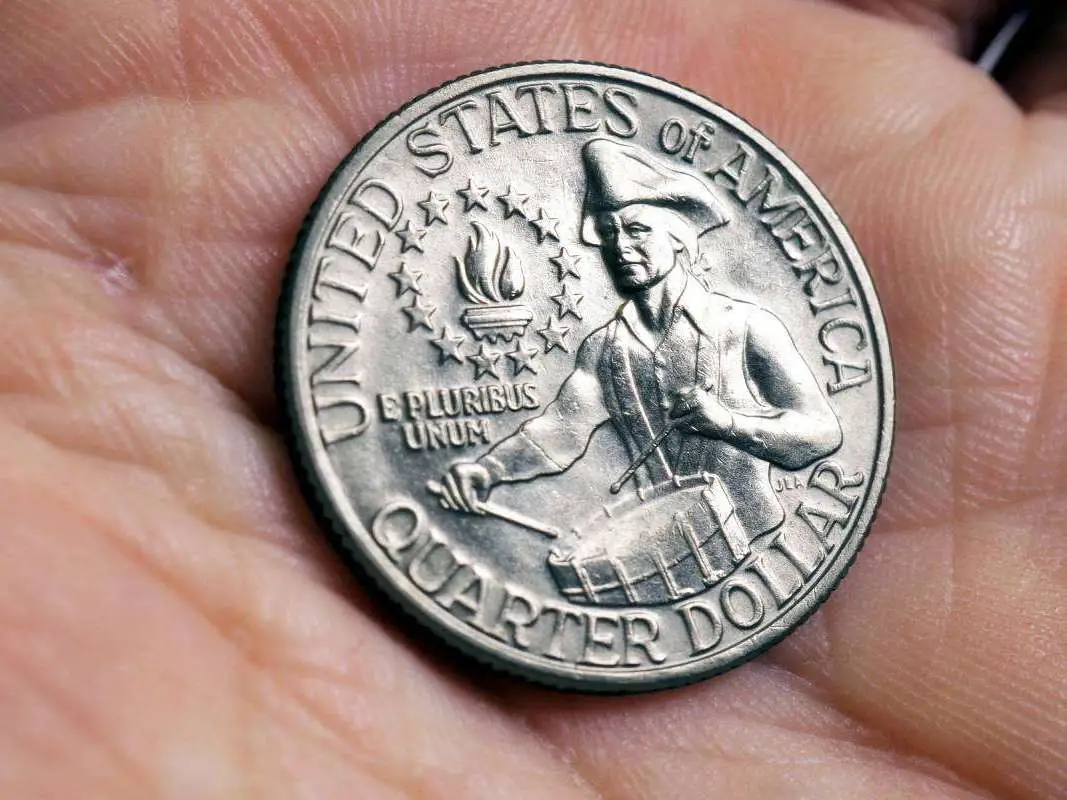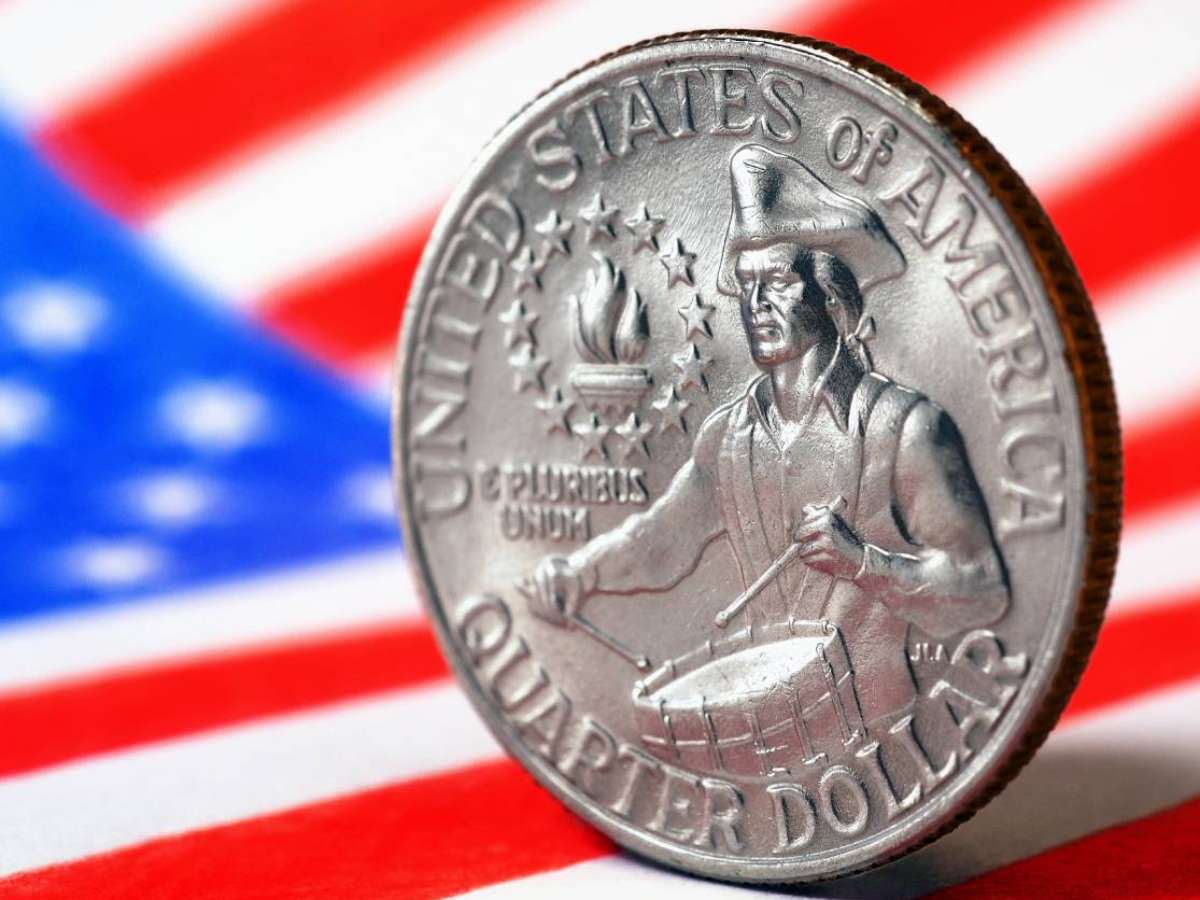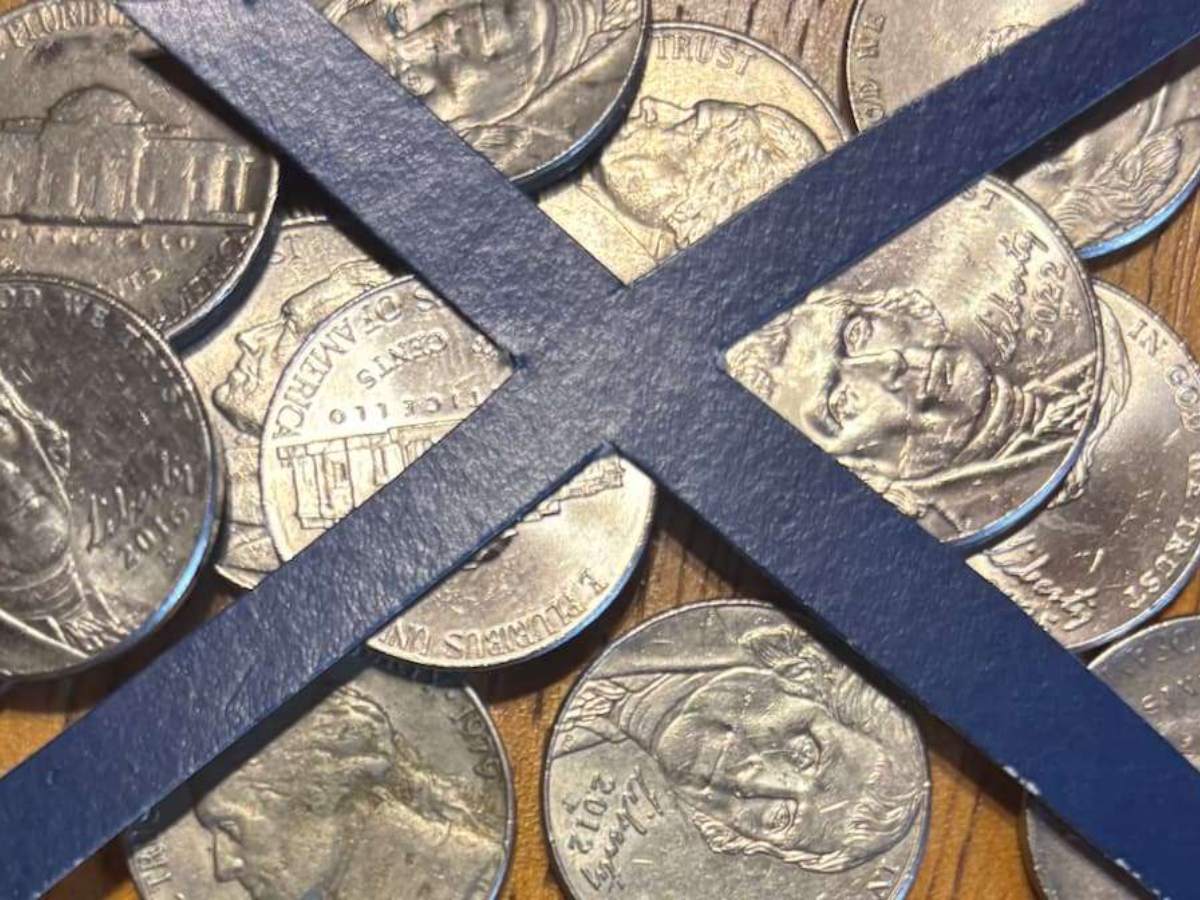1976 Quarter Value Guide
Have you found a 1776-1976 quarter (a Bicentennial quarter) in your pocket change?
Want to know what it’s worth?

A lot of folks who ask about the value of 1976 Bicentennial quarters like to know more about the story behind these distinctive 1776-1976 coins.
In this article, you will find:
- The story behind the 1976 quarter
- How much Bicentennial quarters are worth today
- Whether you should save every 1776 to 1976 quarter you find
All 1976 Quarter Values
Most circulated copper-nickel 1976 quarters are worth face value.
Proof and silver 1976 quarters are worth about $2 to $4 — sometimes even more.
So, what are the main visual differences between a 1776 to 1976 quarter worth face value and the other 1976 quarters worth higher values?
You can look for clues in the mintmark (or lack of a mintmark!) on the 1976 quarter:
- If you don’t see a mintmark on your 1976 quarter, it was made in Philadelphia — if you found it in your pocket change, then it’s got some wear on it and is therefore worth face value of 25 cents.
- If you see a small “D” on the right side of your Bicentennial quarter, it was made in Denver — if you found your 1976-D quarter in circulation, then it’s worn and worth face value of 25 cents.
What if you see a tiny “S” on the obverse (heads side) of your 1976 quarter?
Well, then it’s either a 40% silver Bicentennial quarter OR it’s a copper-nickel clad proof 1976 quarter from the San Francisco Mint.
How can you tell the difference?
You’ll need a coin scale:
- If your 1976-S quarter weighs about 5.75 grams, it’s made from a 40% silver clad composition.
- If your 1976-S quarter weighs 5.67 grams, then it’s struck from copper-nickel clad.
Here are the 1976-S quarter values today:
- 1976-S proof quarter made from copper-nickel clad: $2+
- 1976-S uncirculated silver quarter: $3+
- 1976-S proof silver quarter: $4+
Should You Keep Every 1976 Bicentennial Quarter You Find?
You probably haven’t found many 1776-1976 Bicentennial coins in your pocket change. Therefore, you may be wondering if these old quarters are rare and valuable.

While Bicentennial quarters are getting more difficult to find in circulation (mainly due to coin hoarding), they are not rare.
Nearly 2 billion 1976 quarters were made, and they are therefore quite plentiful for collectors who are looking for them. So, again, 1776-1976 quarters are not rare!
Here’s how many 1776-1976 quarters were made:
- 1776-1976 copper-nickel quarter from Philadelphia (no mintmark): 809,784,016
- 1776-1976-D copper-nickel quarter: 860,118,839
- 1776-1976-S proof copper-nickel quarter: 7,059,099
- 1776-1976-S uncirculated silver clad quarter: 11,000,000*
- 1776-1976-S proof silver clad quarter: 4,000,000*
NOTE: Several million silver Bicentennial quarters were melted in the 1980s. So while there are still millions of silver 1976 Bicentennial quarters around, that number is nowhere near the 15 million originally made.
3 Fun Facts About Bicentennial Coins

Fun Fact #1:
You will never find a 1975 quarter!
The United States Mint made Bicentennial quarters in 1975, but none are dated for that year. That’s why you will never find a 1975 Washington quarter — because the U.S. Mint began striking 1776-1976 quarters in 1975.
Fun Fact #2:
Bicentennial quarters were made for 2 years and the U.S. Mint sold them in sets of other 1776-1976 Bicentennial coins.
These collector sets of Bicentennial coins include the following:
- 1776-1976 Bicentennial quarter
- 1776-1976 Bicentennial half dollar
- 1776-1976 Bicentennial dollar
The 1976 half dollars and silver dollars can sometimes be bought from coin dealers, and may also be found at your local bank.
Fun Fact #3:
The Bicentennial quarter design (as well as the designs on the other 1776-1976 Bicentennial coins) were submitted by the public in a major coin design contest held by the U.S. Mint and other government officials.
The drummer boy design on the reverse (tails side) of the 1976 Bicentennial quarter was created by Jack L. Ahr.
More About 1976 Quarters & Bicentennial Coins
In addition to the links I’ve included above, here are some other resources to help you learn more about the 1976 quarter:




